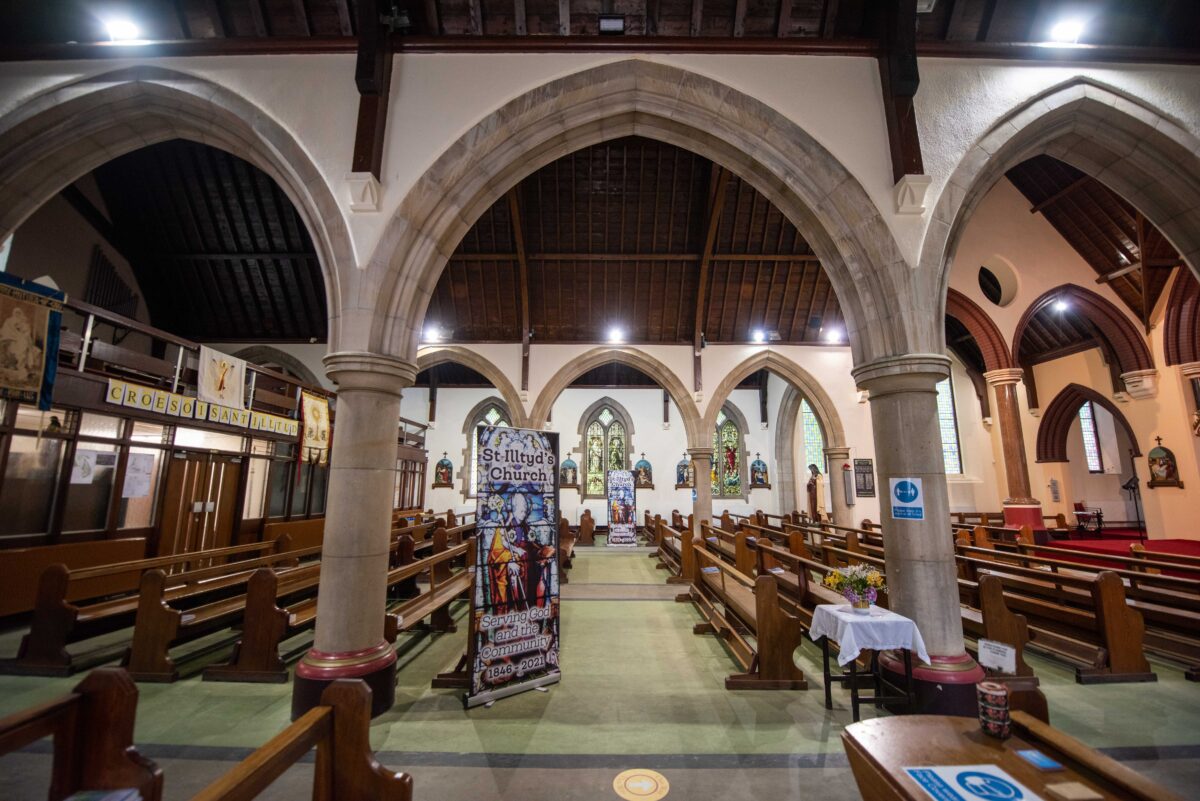
Historic Places of Worship in the Identity of Places
Judith Alfrey, Head of Regeneration and Conservation for Cadw
Our historic places of worship are focal places in our landscapes and townscapes. Every one of them has a history, and some have very long histories indeed, outlasting their contemporaries and standing in proud testimony to enduring significance. Whatever faith or denomination they were built for, they are invested with their own architectural language, which is not just the spatial expression of particular purposes but also the assemblage of extraordinary skill in the art and craft of building and decoration. Many have developed over centuries, extended and sometimes diminished, embellished and beautified, patched and repaired. Others, unchanged, are still the clear expression of a particular moment. Each building is a manifestation of faith – as a system of belief and as trust in the future – these buildings were made to endure.
Places of worship are places of memory. Not just in the literal sense - all those memorials erected in loving memory, the artifacts given in commemoration - but also in all the cultural and social history that is referenced within them – so many clues to the past, roll-calls of ancestors, odd relics of traditions and practices otherwise forgotten.
They were also social buildings: within their walls, many of the most significant thresholds of life have been honoured, and countless people of all ranks, trades and professions have passed through their doors. Communities have come together in them, voices have been raised in song, and individuals have paused for quiet reflection. No other buildings represent such an accumulation of human stories, or that collectively have been in continuous use for so long.
Many are still social buildings, quietly fulfilling old and new roles as anchors in their communities and providing space for new or renewed activities. For example, the magnificent medieval Church of St Giles, Wrexham continues to be an active place of worship and is an open, warm and welcoming space that hosts a lunch club, a memory café, activities for children and older people, concerts and other events. In Dowlais, the Catholic Church of St Illtyd has a proud history of association with migrant communities. It continues to create community through activities that bring people together, that tackle loneliness and isolation amongst older people, and that promote cultural and civic life.

Others, losing their original purpose, risk losing their connection to community and place. It won’t always be possible to restore that connection. Still, it is certainly worth trying to find fresh ways of sustaining these buildings, to realise their significance once again as a shared resource, and to widen involvement in their care.
Our historic places of worship are collective places, safe spaces, evocative places. They can draw to themselves the positive social qualities that contribute to the identity of a place. They are also physically distinctive buildings in our public realm, landmark buildings to navigate by. And into each one is woven many strands of the heritage and culture that make places unique. They are worth investing in, protecting and cherishing.
Credits
Images - Archdiocese of Cardiff

